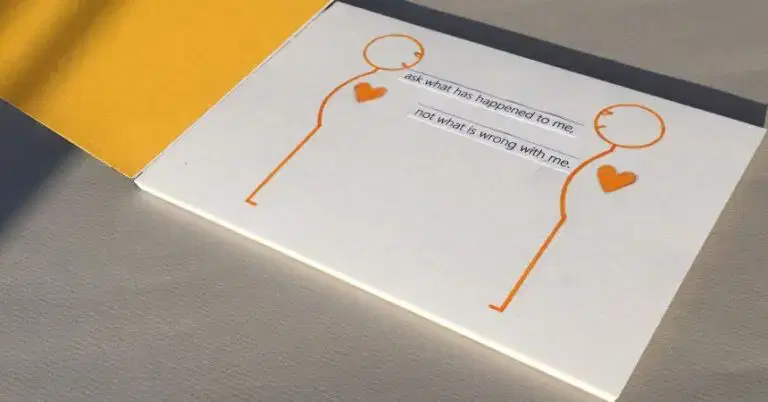How The Light Gets In

More than a century ago, Sigmund Freud created a radical method of attending to the very particular ways in which a person experiences his or her world. Freud’s innovation – psychoanalysis – became known as the talking cure.
From its original foundations, many other forms of therapy have emerged, each usually attempting to work within the complex therapeutic encounter between a therapist and a client.
Grappling with what happens in the mass of communication between client and therapist is an enormous, fascinating task. The feeling of being listened to by an attentive therapist can be powerful for a client, offering soothing containment to an agitated state of mind. From this view, the talking cure might equally be described as the listening cure.
Yet it is seldom straightforward for clients to explain what is troubling them. People invariably come to therapy because they feel confused or stuck somehow. Often the distress that afflicts us today has its antecedents in our earliest years, from a time and place before memory or language. Because of this, it can be difficult to articulate and unravel what is causing us to act in destructive, unhelpful or repetitive ways.
Sitting with and being witness to a client’s story as it unfolds – in its often unconscious pursuit and its stubborn resistance to change – makes psychotherapy something of an art-form. Part of the work of a therapist is finding the right words at the right time to open something up in the conversation or to show the client that their struggles are being recognised, if not yet fully understood.
As a therapist listens he or she will endeavour, whilst holding in mind each individual’s inheritance and upbringing, to gather together the memories, beliefs, idiosyncracies and paradoxes that add up to the client’s story. But this isn’t about providing a numbing anaesthesia or a hollow reassurance. An adept, alert therapist is able to capture the client’s seemingly disparate, often intolerable, experiences and gather them together within an interpretation. In this linking, hopefully will follow some understanding.
Trying to describe how this process happens is particularly tricky. There is more to it than just the verbal communication. It isn’t merely what is said, it is also about how the words are conveyed. Within the interpretation, there can be a containing quality that comes with the words and a relief felt from this presence. For the client, there can be a transformative sense of something unmanageable being made tolerable.
An interpretation that acts to gather together a client’s experiences in therapy has an interesting analogy in the way that a poem can impact emotionally upon the poetry reader. In any given line within the stanza of a poem there may be no more than 6 or 7 words, and yet the experience for the reader it is that each line is abundant with a meaning particular to their life. Within the most beautiful poetry, a dense, nuclear potential exists within a few, vigilantly selected words. In poetry and psychotherapy alike, words are a presence before they are a communication.
The great psychoanalyst Donald Winnicott once wrote that interpretation, when outside the ripeness of the material, is not useful therapeutically. In other words, trying to understand a person’s experience from any number of useful theories is not enough. The words of a good therapist cannot merely be abstracted from theory. In isolation, theory is not enough for this work. A good therapist needs skills that are more intuitive, maybe more poetic, than this.
Somewhere in amongst the many communications of a therapeutic encounter, in the describing and re-describing of oneself in the presence of someone else – someone listening-with-attention and distilling-by-interpretation – change can happen. Wherever a client may have felt stuck, something may shift. Once shrouded in darkness, something else could emerge, lighting the way to a more preferred life.





